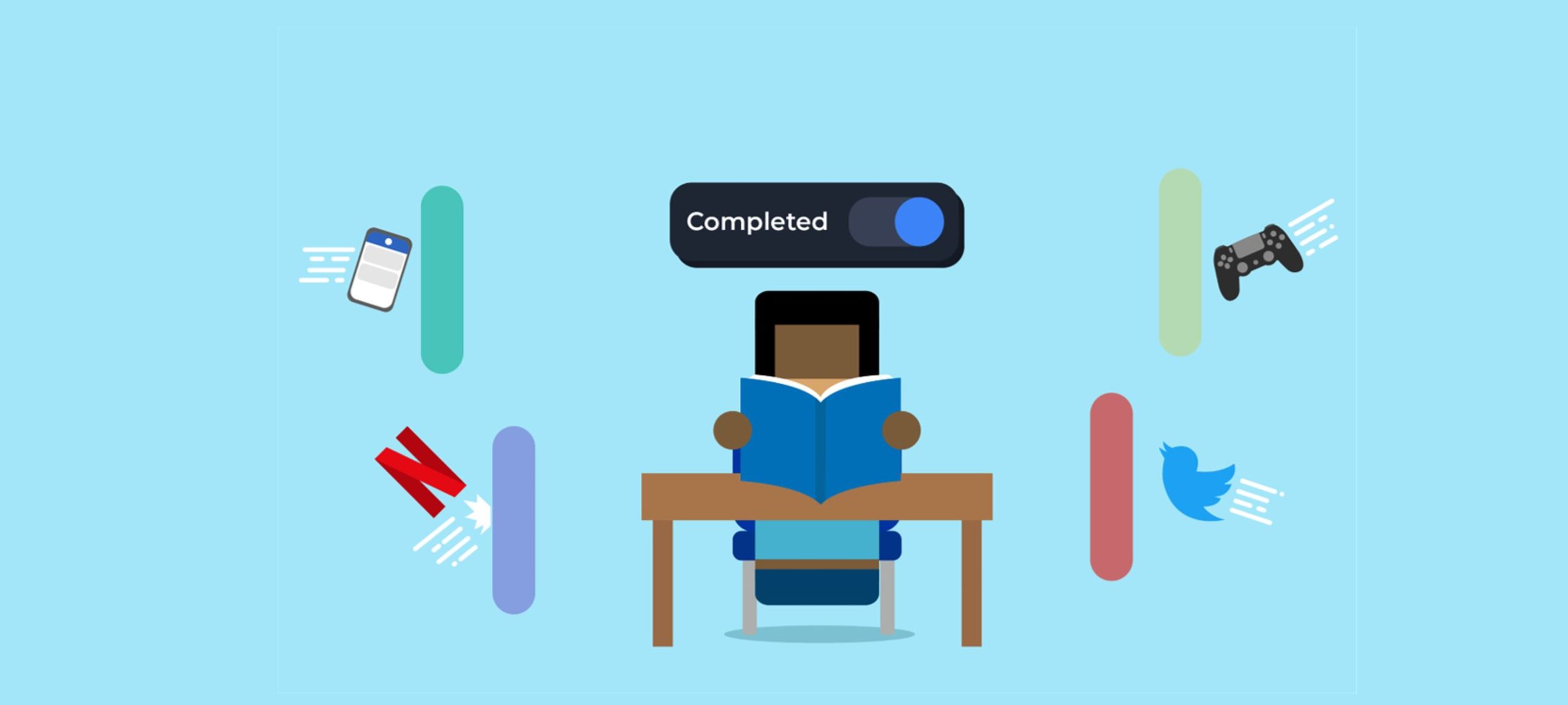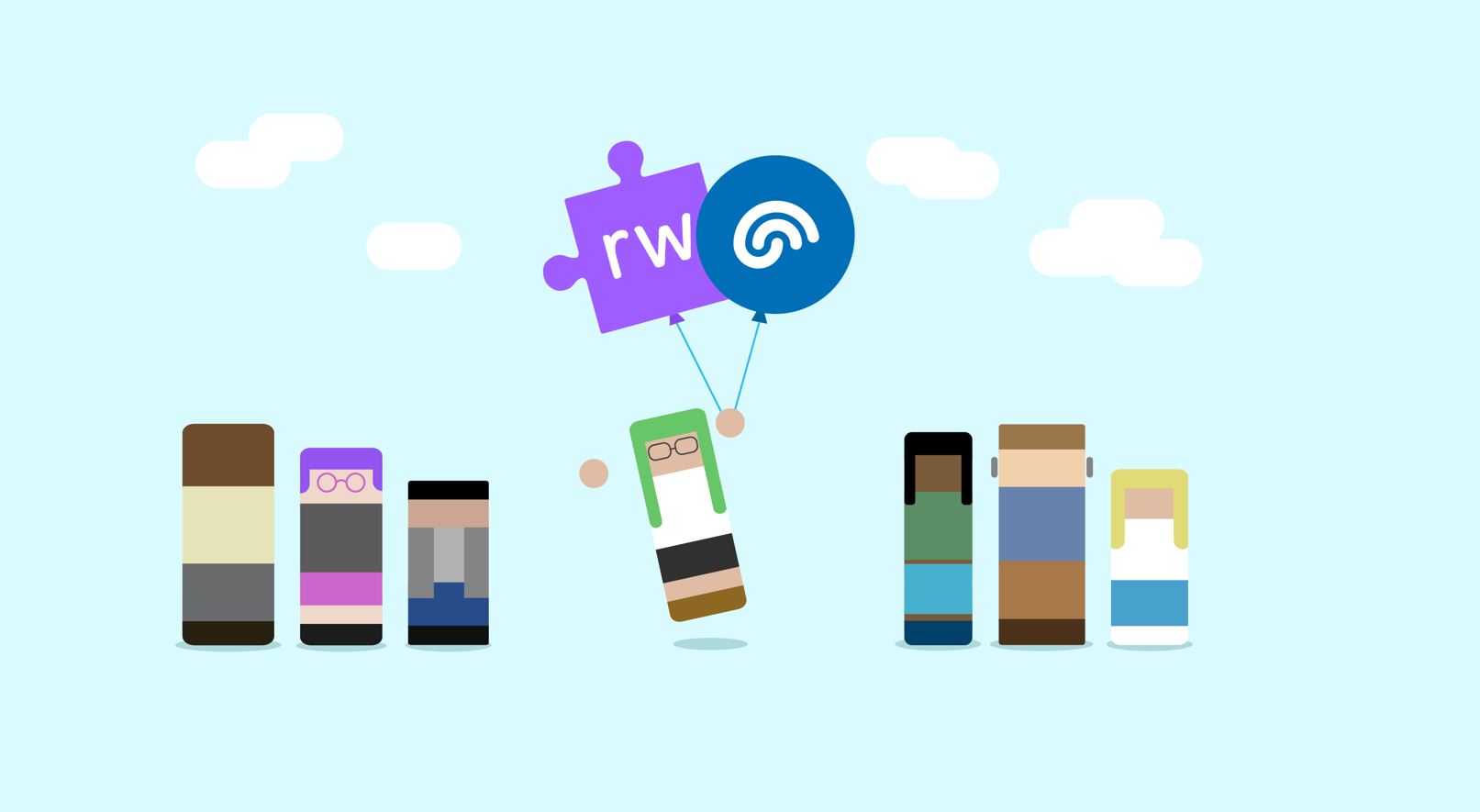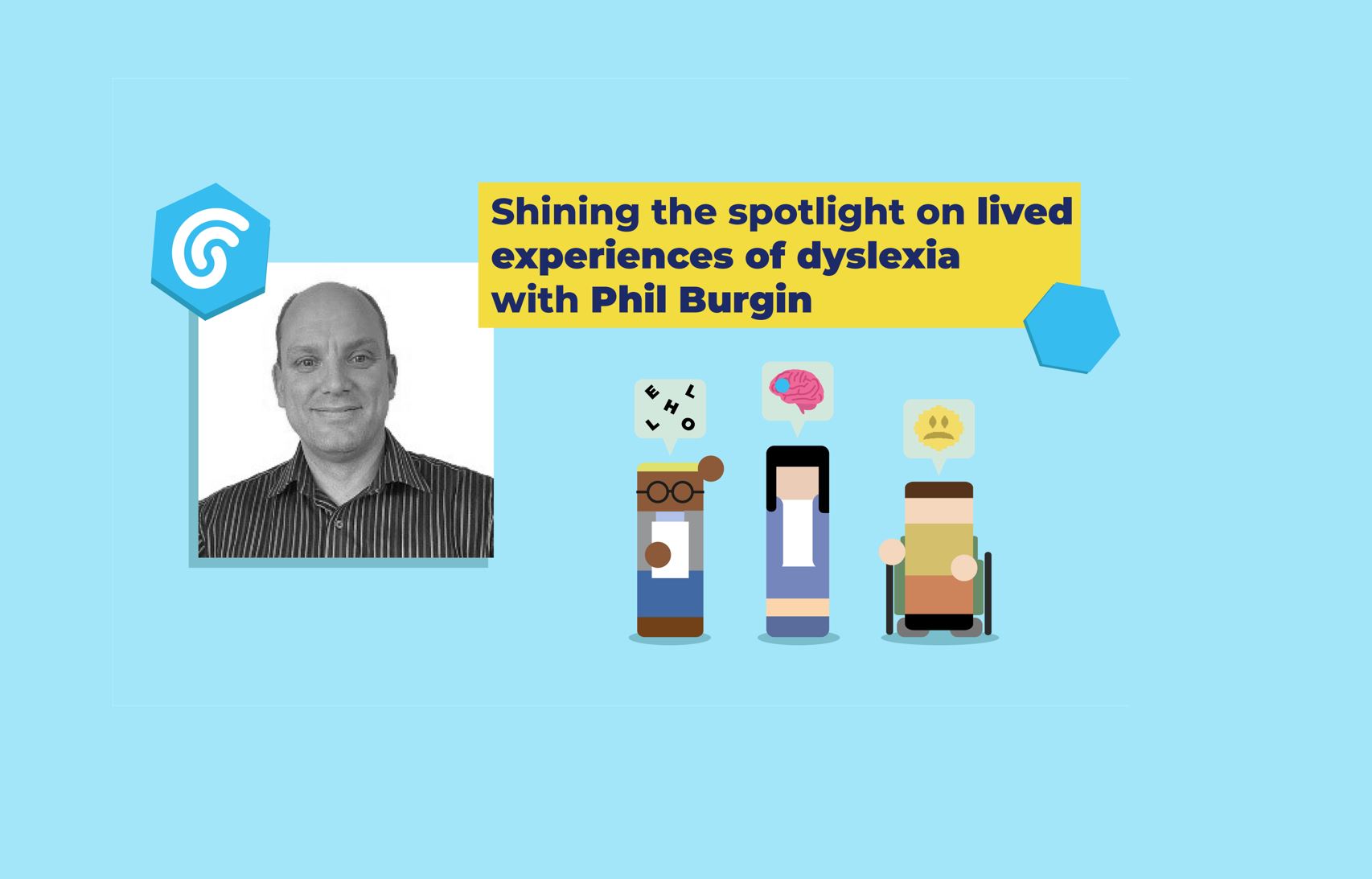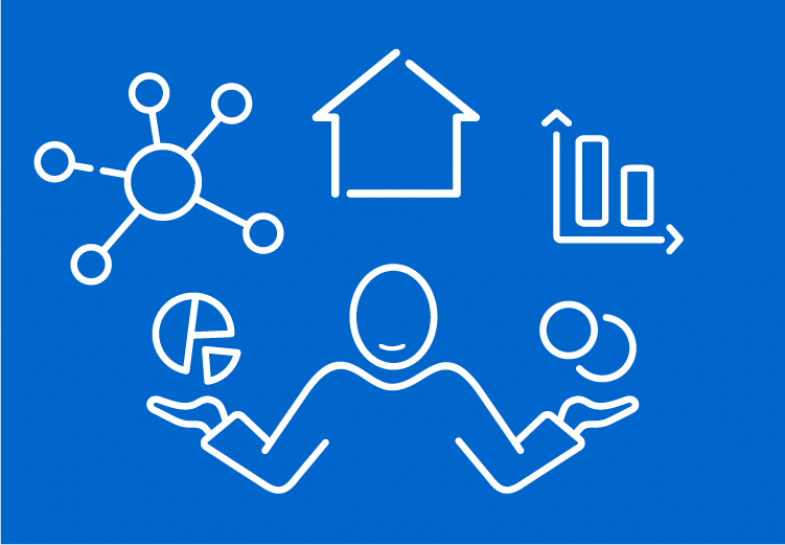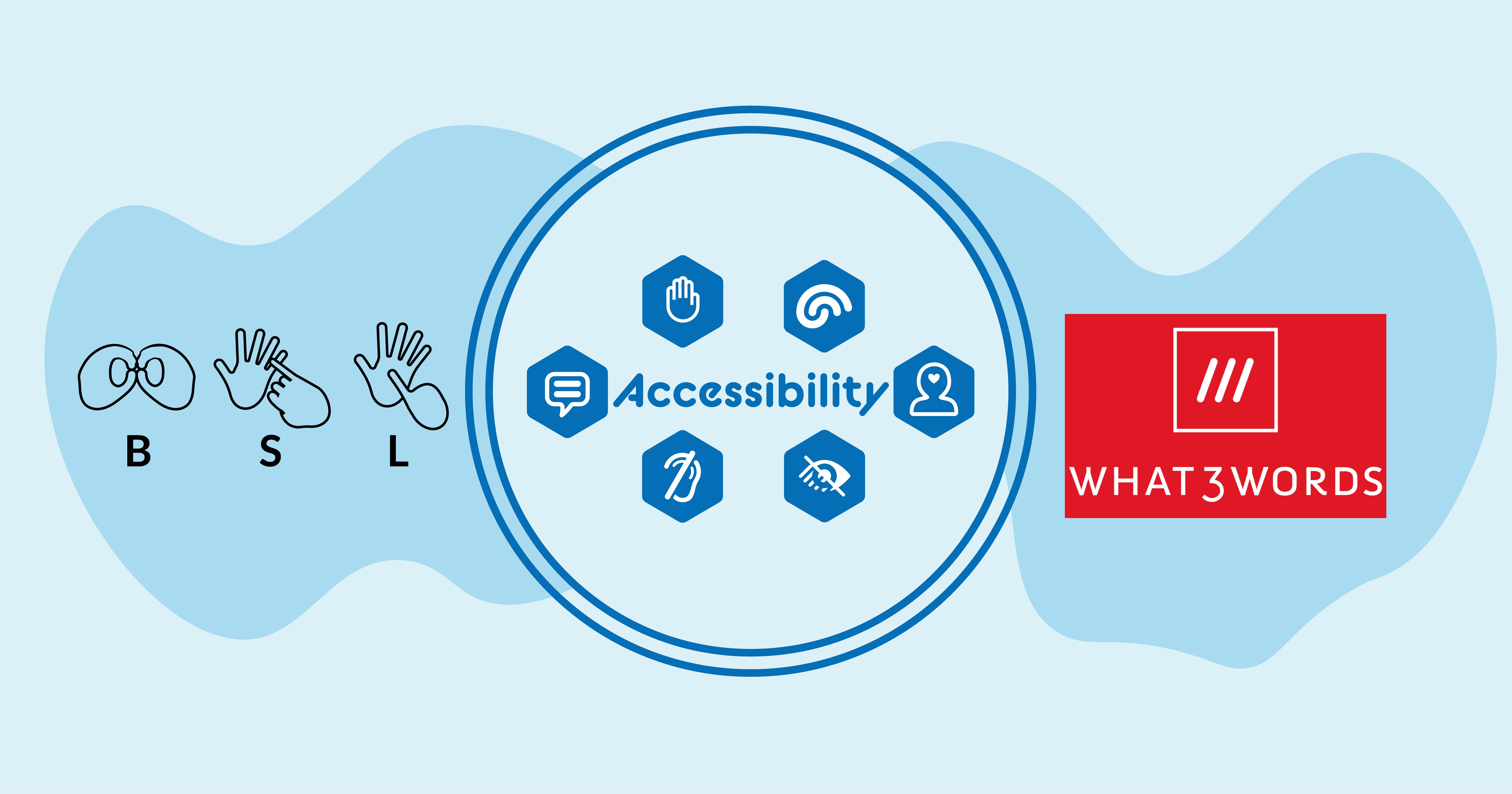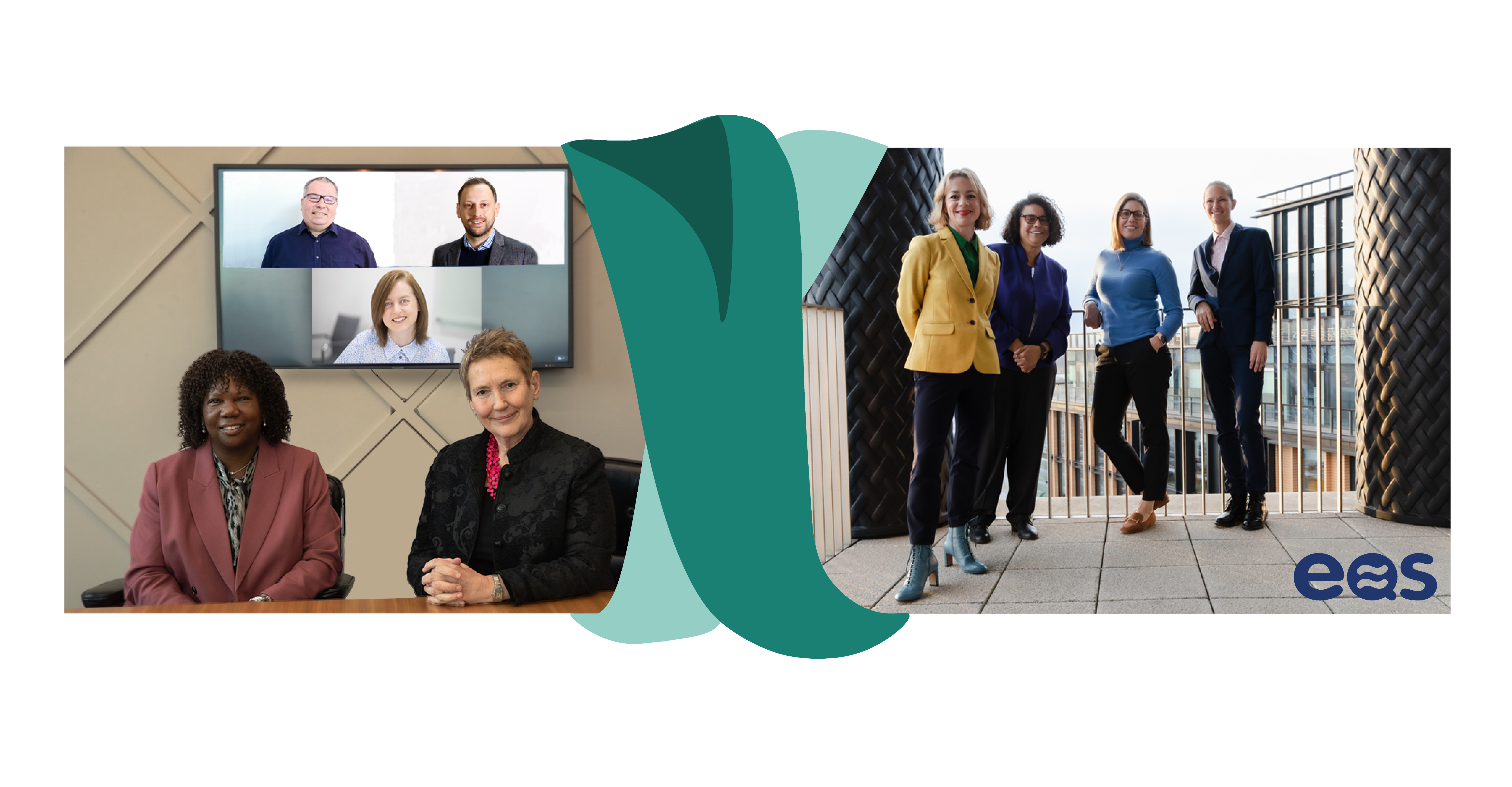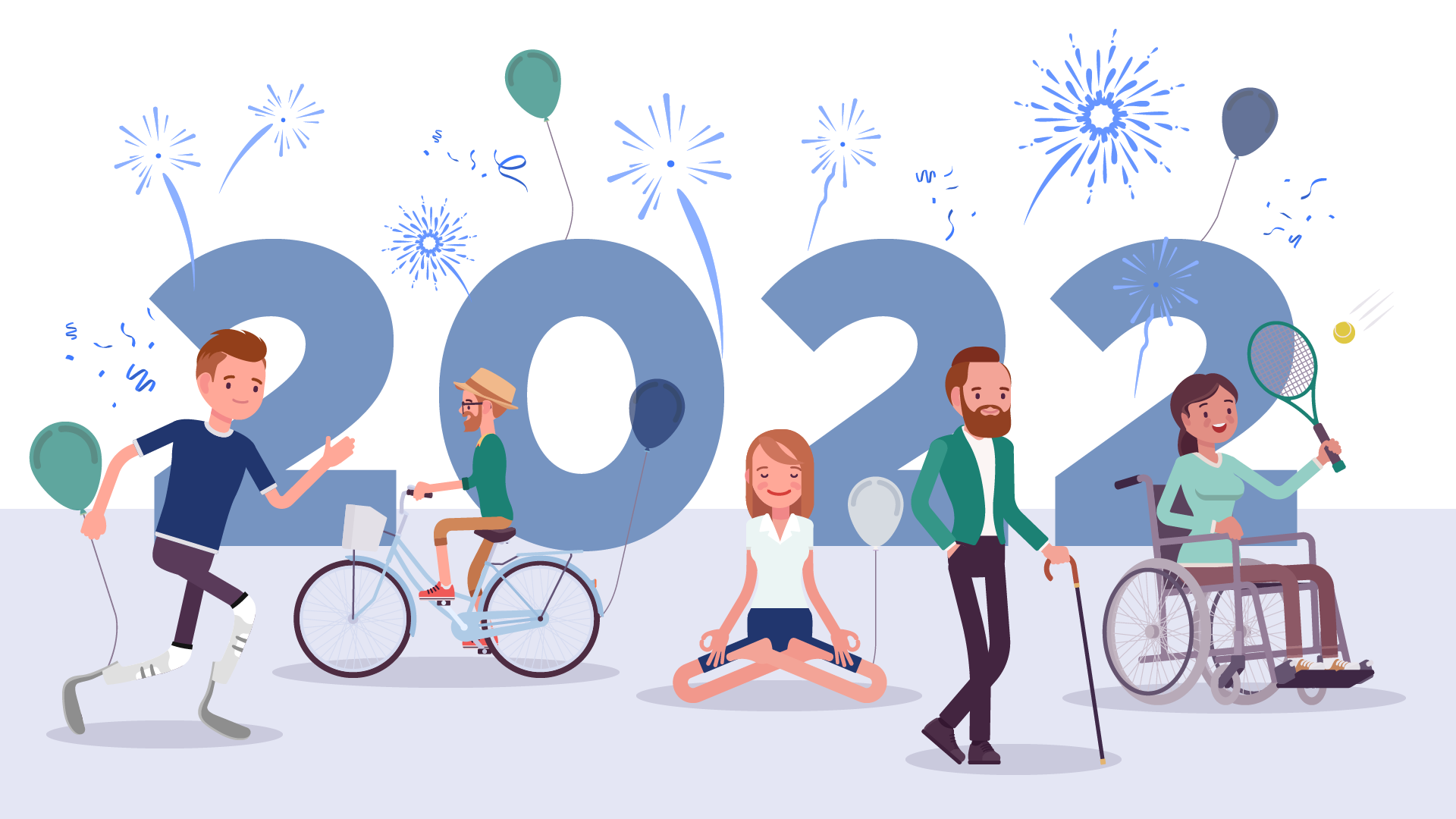Initiatives that are providing inspiration on accessible approaches
Technology is frequently providing new and innovative solutions which make the world more accessible. However, it can feel like every day there is a new app, piece of software or website revealed. Working within the DSA sector I am aware that when it comes to widening accessibility in education and workplace universities are leading the way in inclusive learning strategy. It’s important to not get tunnel vision though and only concentrate on the sector you are working in. It’s important to look at what other accessible approaches are available from other sectors. That’s why for this month’s blog I’m discussing accessible approaches that may have passed you by due to them not being associated with the DSA and education sectors.
Making your weekly food shop more accessible
In the UK, there are almost 2 million people living with sight loss. Of these, around 360,000 are registered as blind or partially sighted. New accessible approaches are frequently being offered. Last month Guide Dogs committed to supplying more than 3,500 visually impaired children with free iPads and iPhones after research revealed the damage caused to their personal development by a lack of access to technology. Following a successful trial last year cereal brand, Kellogg’s, has announced they will be adding world-first NaviLens technology to all of their cereal boxes in 2022. NaviLens is a code, similar to a QR code, which can be scanned by a smartphone. The smartphone will then relay to the user the information that is held by the NaviLens code, in this case ingredients and allergy information. Unlike other types of printed codes the new NaviLens technology includes high contrasting-coloured squares on a black background. This means that users do not need to know exactly where the code is located to scan it. In fact, a smartphone can pick up the code from up to 3 metres away. After the initial trial earlier this year the Royal National Institute of Blind People (RNIB) conducted an evaluation which found that 97% of the participants agreed that they would like to see more of these accessibility features available on grocery packaging in the future.
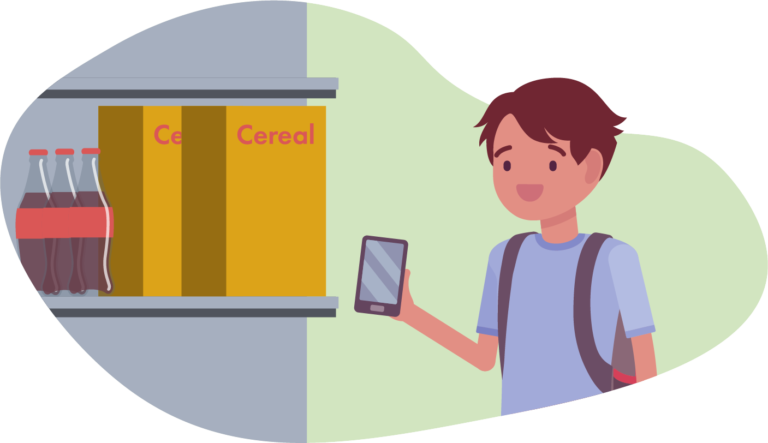
Using an app to take away the anxiety of visiting a business for the first time
Research has shown that 75% of disabled people have had to leave a store or website, unable to go through with their purchase because of their disability. Last year, a survey by accessibility review website, Euan’s Guide, found that 93% of respondents try to find disabled access information before they visit somewhere new. WelcoME is an app which has recently launched. The app enables users to set up a unique profile where they can list factors such as their access needs and support they may require. Businesses also register on the app. Current businesses using the app include Scottish Parliament, Salford Leisure and Edinburgh branches of Next. When the user selects a business that is also using the app the business receives the information from the user’s profile as well as advice linked to the information the user has inputted e.g. how to interact with a guide dog. Businesses can ensure that any support such as a sighted guide are readily available enabling the visitor to immediately start their work out or shopping spree.
The app doesn’t just benefit that particular user. It benefits future users as well. By providing accessibility training that the business can then immediately put into practice staff are more confident for the next time that customer, or someone with a similar disability, visits.
Similar to the training offered by WelcoME, at eQS we ensure that all new members of staff complete our Disability Awareness Course which provides knowledge and facts about disability today from legislation to appropriate support. Please drop me a message if you’d like to talk more about our disability confidence course and the possibility of offering it to your workforce.
Helping with metre readings whilst being miles away.
My colleague Richard recently told me about Be My Eyes, an app he has downloaded which connects blind and low-vision people with a sighted volunteer. When a blind or low-vision user requires assistance the app will connect them to a sighted volunteer via a live video call. The sighted volunteer can answer the call or, if it’s not a convenient time, they can choose to ignore it and it will be picked up by another volunteer. As of last week, the app had 5,006,058 volunteers, of which I am now one, was supporting 322,892 blind and low-vision people in over 150 countries using over 180 languages.
A few days after downloading the app Richard received a call from someone needing help with an electricity metre reading. Richard said: “It felt really good to have helped someone and it only took a couple of minutes out of my day.”
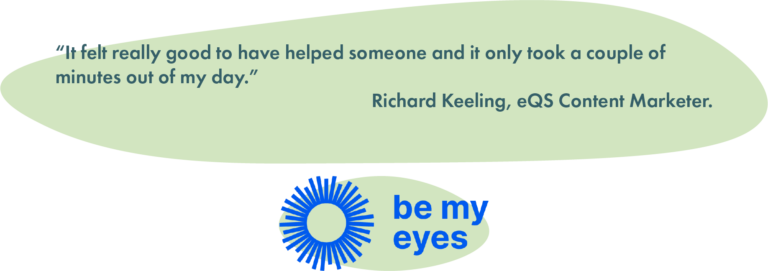
What do you think?
Whilst researching this blog I came across the following quote from a user of the WelcoME app, “It’s not the technology doing the job, it’s the technology empowering people.” I think this sums up perfectly the role new apps, pieces of software and websites should play in providing accessible approaches.
I want my blogs to start conversations so please let me know of any other accessible approaches you’ve discovered. Do you think there’s a current issue that could benefit from a new accessible approach? I’d also love to hear of any topics you’d like me to cover in future blogs.
Other blog articles


